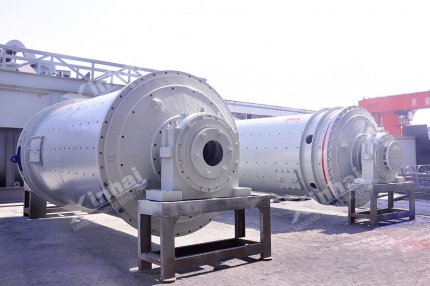Copper metal ore beneficiation is the core process of transforming low-grade raw ore into high-grade copper concentrate, typically involving key stages such as crushing, grinding, separation, and thickening. As the core of the beneficiation process, equipment performance and application directly determine processing efficiency and resource utilization.
This article introduces four key types of equipment used in the processing of copper metal ores: grinding mills, flotation machines, thickeners, and gravity separators. It provides an in-depth analysis of their types, working principles, and specific roles in copper beneficiation.
Use the table of contents below to navigate through the guide:
01Role of Grinding Mills in Copper Metal Ore Processing
Grinding mills are critical in the copper beneficiation process, as their performance directly affects the subsequent separation efficiency. Common types include ball mills, rod mills, and autogenous mills. Ball mills use steel balls as grinding media and are suitable for both wet and dry grinding of hard ores.
Rod mills employ steel rods for relatively gentler grinding, reducing overgrinding, and are often used in coarse grinding stages. Autogenous mills utilize the ore as grinding media, making them ideal for large, lump-sized, and soft ores.
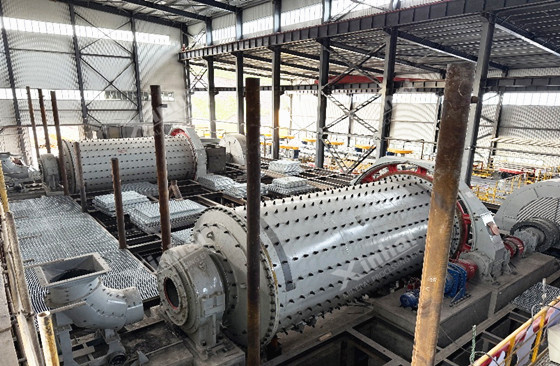
Driven by a motor, the rotating drum causes grinding media to impact and crush ore particles to sizes below 0.1 mm, enabling effective separation of copper minerals from gangue. Key functions include promoting mineral liberation and optimizing particle size distribution. Efficient grinding can increase flotation recovery by 20%–30%. When combined with classification equipment in a closed circuit, overgrinding and energy consumption can be reduced.
For example, Chile’s Escondida copper mine uses large ball mills. Through optimized specifications and operating parameters, daily processing capacity per unit has reached tens of thousands of tons, supplying high-quality feed for subsequent flotation — a typical application of grinding technology in large-scale copper mines.
02Role of Flotation Machines in Copper Metal Ore Processing
Flotation machines are key equipment for separating copper minerals from gangue, especially for sulfide ores. Common types include mechanical agitation flotation machines, froth flotation cells, and column flotation cells. Mechanical flotation machines are simple in structure and widely used. Froth flotation cells produce fine bubbles, which contribute to high separation efficiency. Column flotation cells offer superior selectivity, making them suitable for producing high-grade concentrates.
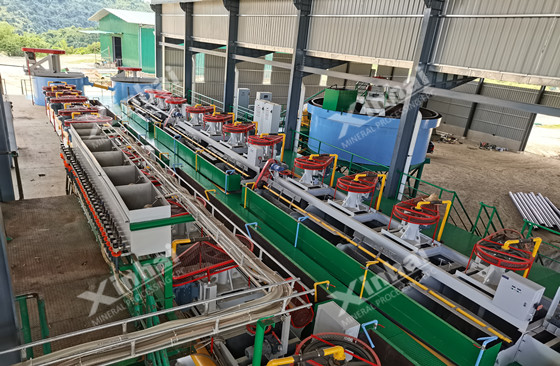
Flotation exploits differences in the hydrophobicity of mineral surfaces. By adding collectors and frothers, copper minerals attach to air bubbles and rise as froth concentrate, while gangue remains in the pulp. Proper reagent systems and parameter control enable copper grade enrichment from approximately 0.5% in raw ore to 25%–30%, with recovery rates exceeding 90%.
Flotation is often conducted in rougher-scavenger-cleaner stages to maximize recovery and concentrate grade.
At South Africa’s Palabora copper mine, adopting column flotation cells and optimized processes and reagents resulted in stable concentrate grade, a 15% reduction in reagent consumption, and significant economic and environmental benefits.
03Role of Thickeners in Copper Metal Ore Processing
Thickeners play a vital role in solid-liquid separation and water recovery, primarily used in tailings treatment and copper concentrate dewatering. Common types include center-driven thickeners (suitable for small to medium capacity) and peripheral-driven thickeners (with diameters up to 50 m, used in large copper mines).
They operate on the principle of gravity settling and flocculation: flocculants are added to promote solid particle aggregation and settling, resulting in an underflow, while the clarified water is recycled.
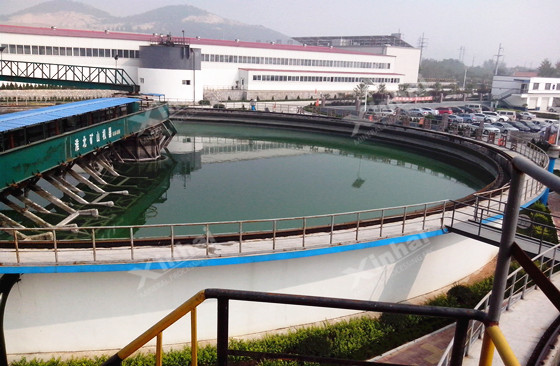
Key functions include:
Water recycling: Fresh water consumption can be reduced by over 70%.
Concentrate thickening: solid content increased to 60%–70%, lowering transport and drying costs;
Tailings reduction: thickened tailings allow dry stacking, reducing environmental impact.
Through optimized thickener operation and reagent use, Australia's Olympic Dam mine achieved 95% water recycling and zero tailings discharge, setting a benchmark for green mining.
04Role of Gravity Separator in Copper Metal Ore Processing
Gravity separation equipment mainly includes shaking tables, spiral chutes, and jigs. They are often used in the processing of oxide copper ore or as pre-concentration units. Shaking tables separate fine copper particles through table vibration and flowing film action, while jigs separate coarse and medium particles using water flow. Combined, they cover a wide range of sizes.
Separation relies on density differences: copper minerals (4–5 g/cm³) are much denser than gangue (~2.6 g/cm³). On a shaking table, ore pulp stratifies under vibration and water flow — heavy minerals move to the concentrate end, while light gangue is washed away. Jigs use pulsed water to separate and recover heavy minerals.
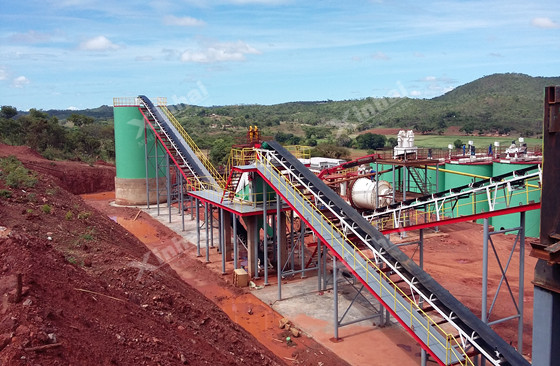
Gravity separation equipment serves three main purposes:
Pre-concentration and auxiliary recovery: Oxygen ores with low flotation efficiency can reach 60%–80%; they also recover fine copper from flotation tailings.
Recovery of associated precious metals: gold and silver, with similar density, are co-recovered;
Environmental and adaptability advantages: no chemicals needed, low water use, ideal for arid regions.
Application example: Shaking tables are used to treat flotation tailings at the Kamoa-Kakula mine (DRC). With optimized parameters, fine copper recovery exceeds 80%, resulting in a 5% increase in overall plant recovery and a corresponding boost in annual copper output by thousands of tons.
In the copper metal ore beneficiation, the four key equipment types — grinding mills, flotation machines, thickeners, and sluices — do not operate in isolation but form a closely coordinated system that ensures efficiency, stability, and sustainability. If you are seeking solutions or looking to purchase related equipment for your copper ore project, please contact Xinhai China immediately. Our technical team will design an efficient and cost-effective beneficiation solution tailored to your needs.

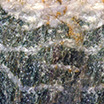
 marketing@ytxinhai.com
marketing@ytxinhai.com  0086 13810327080
0086 13810327080 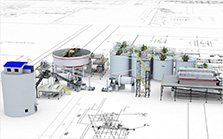
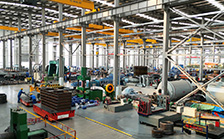
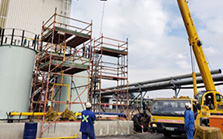
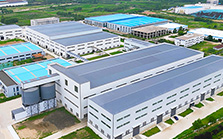
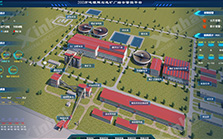
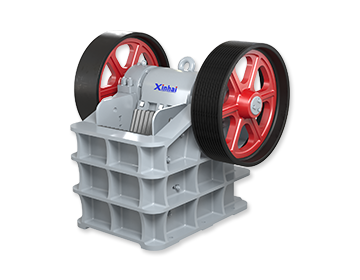
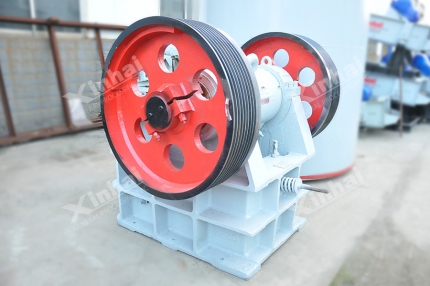

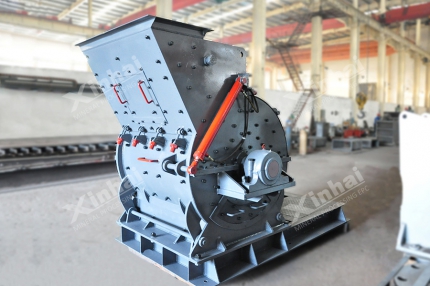
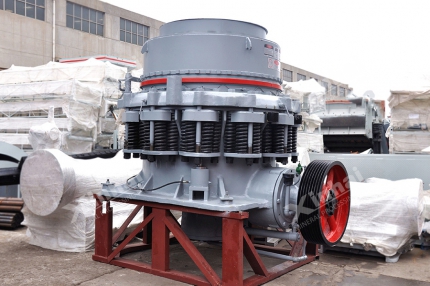
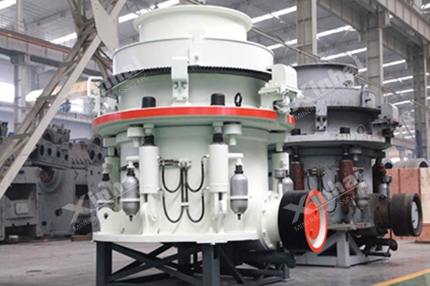
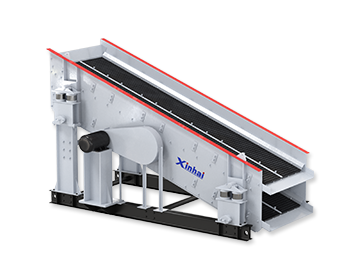
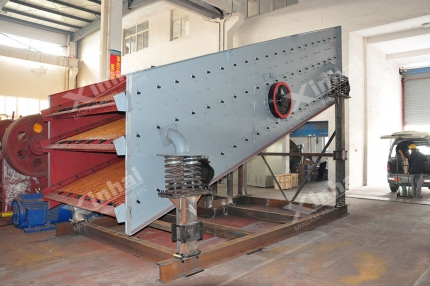
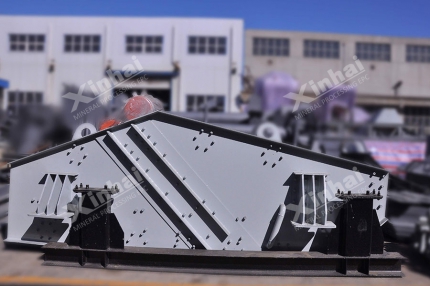
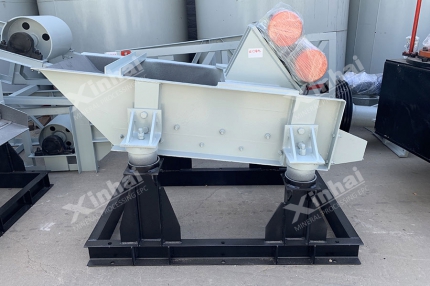
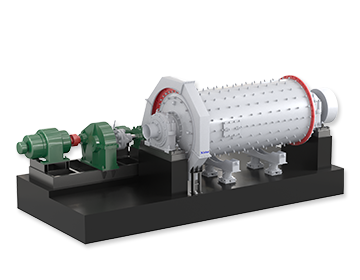
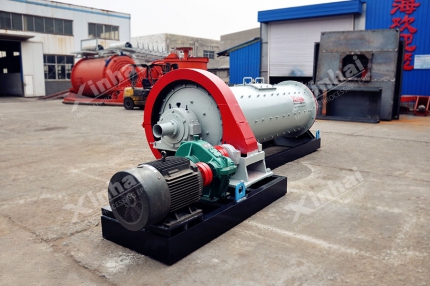
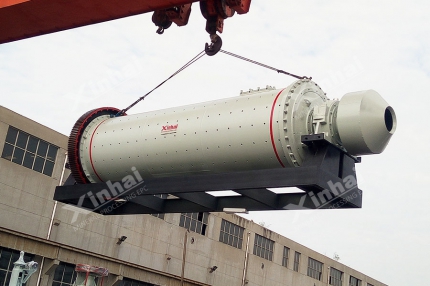
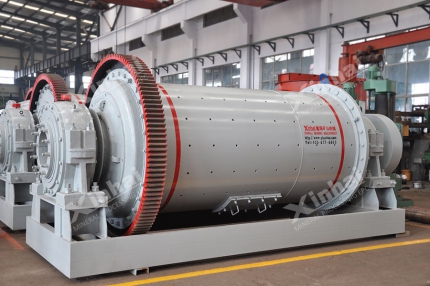
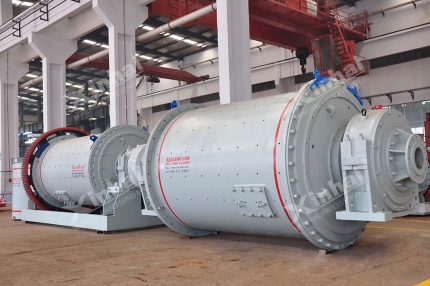
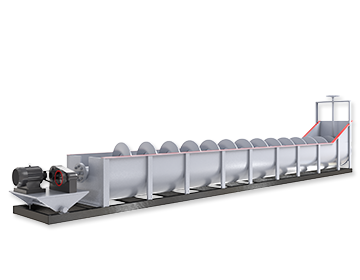
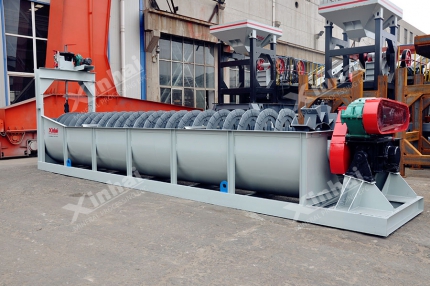
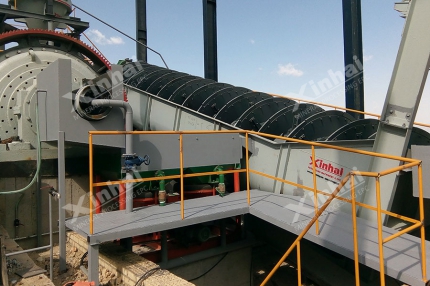
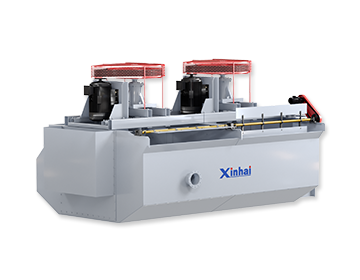
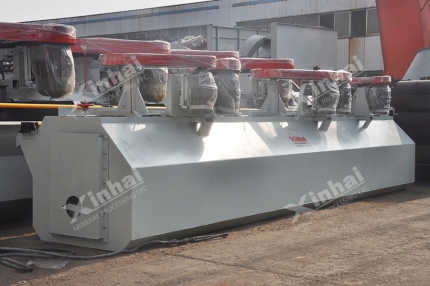
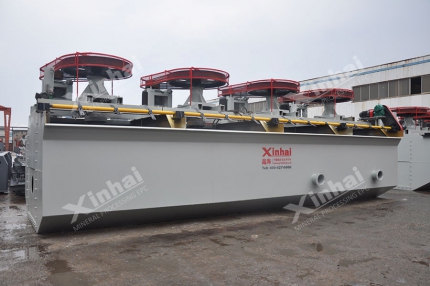
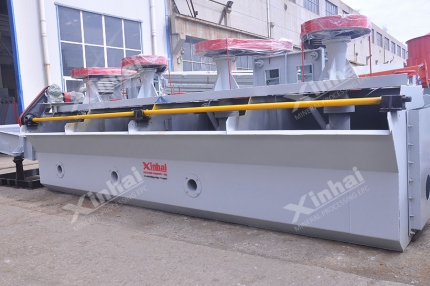
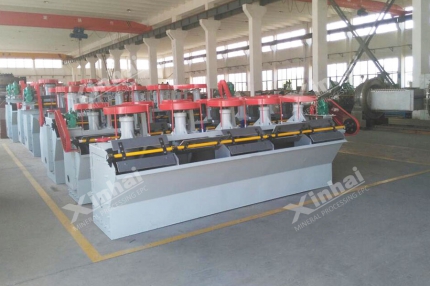
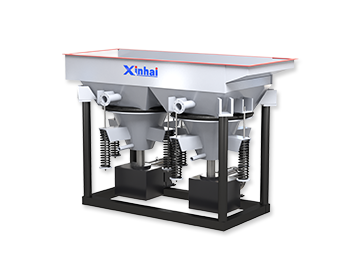
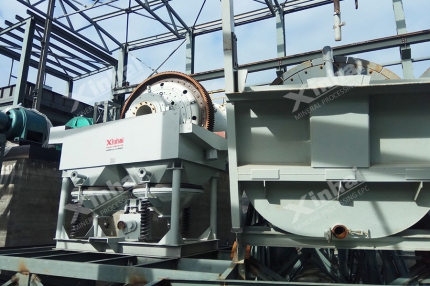
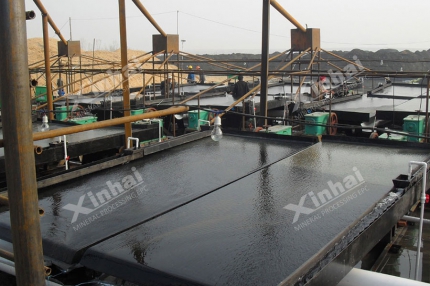
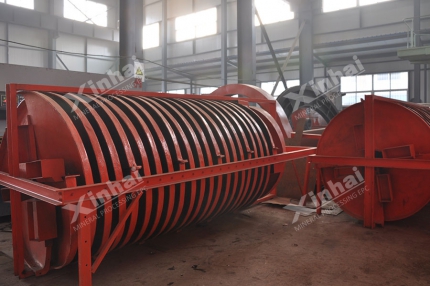
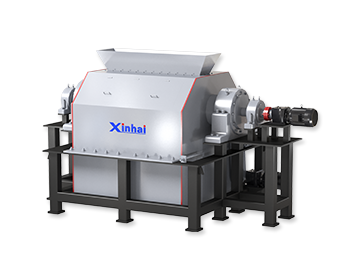
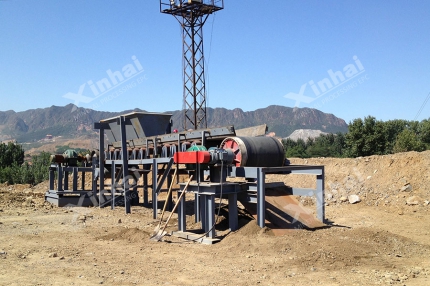
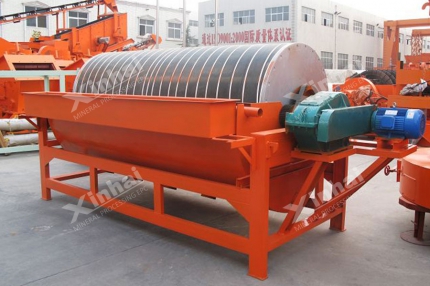
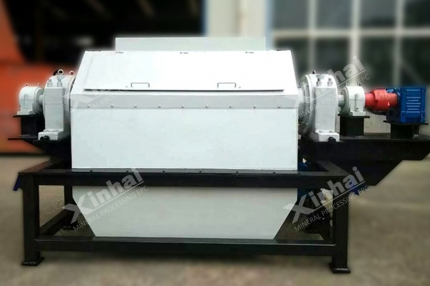
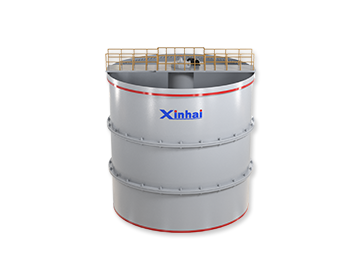
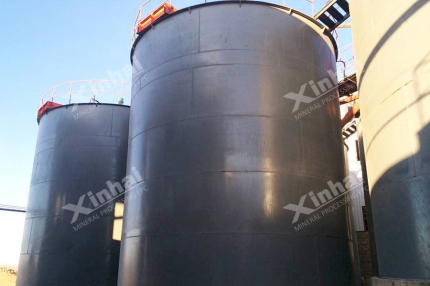
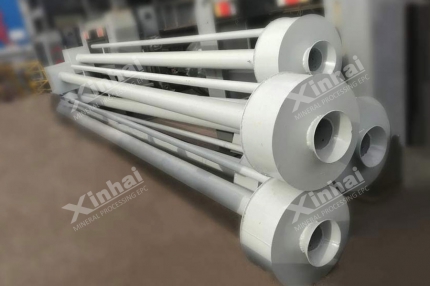
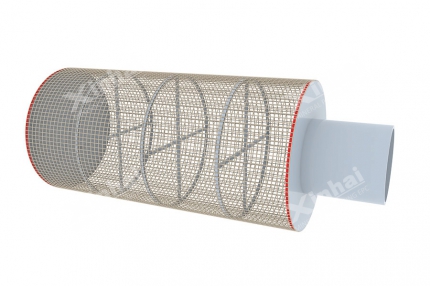
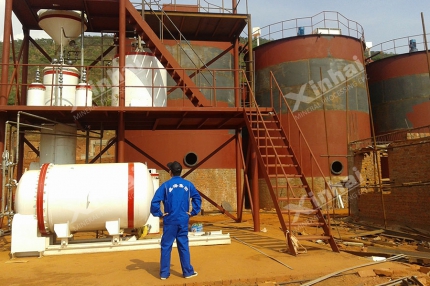
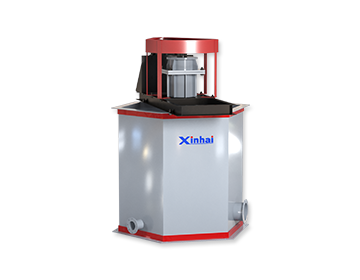
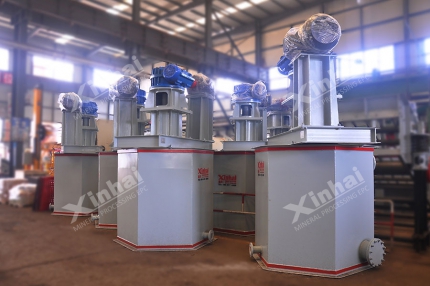
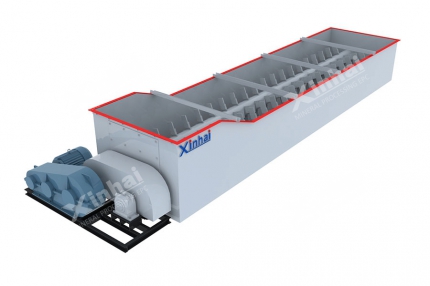
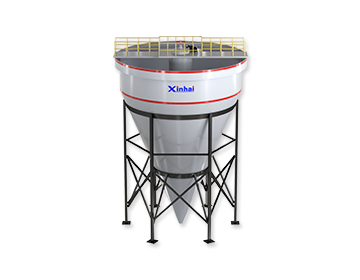
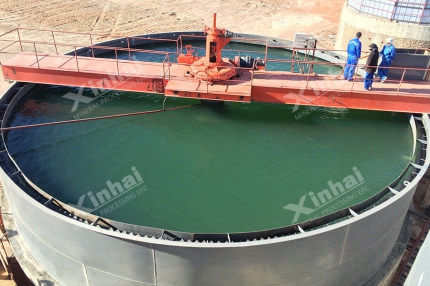
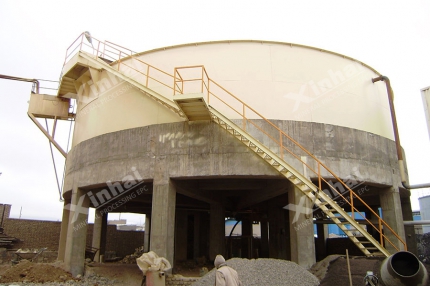
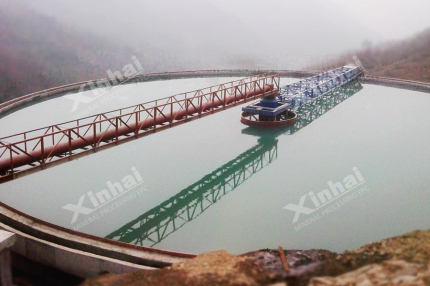
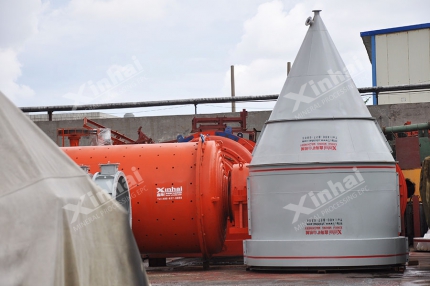
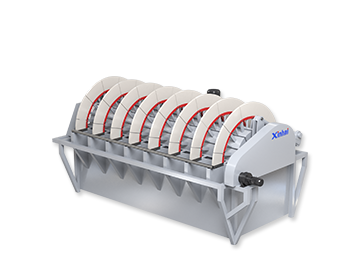
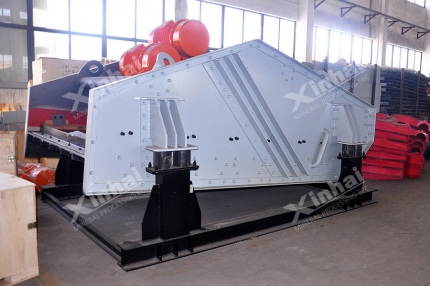
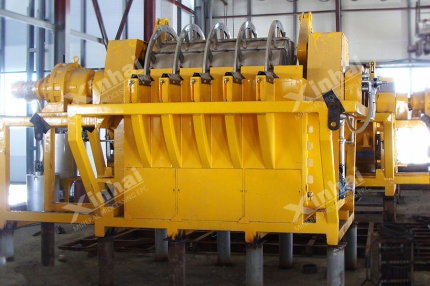
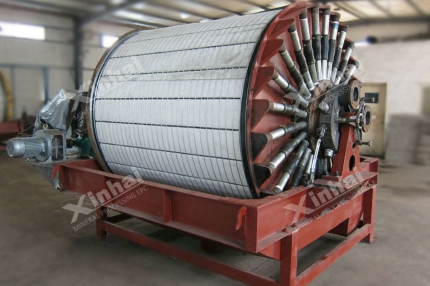
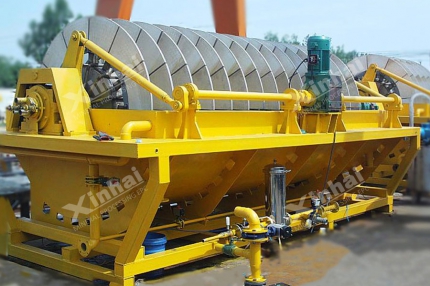
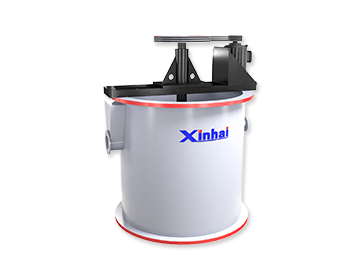
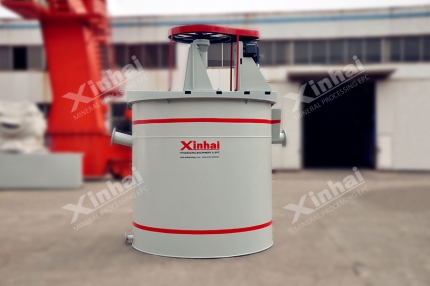
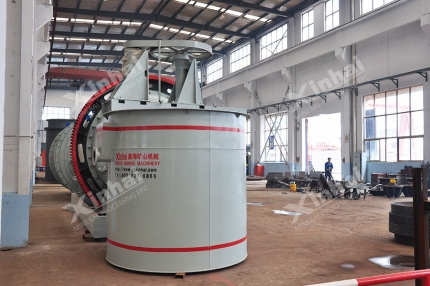
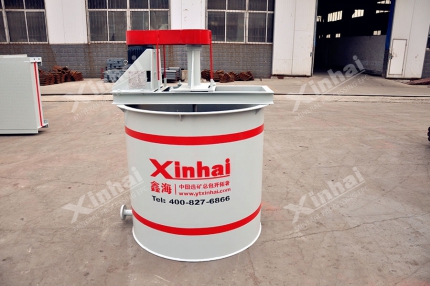
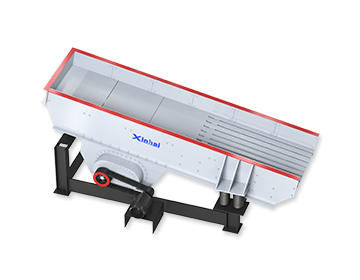
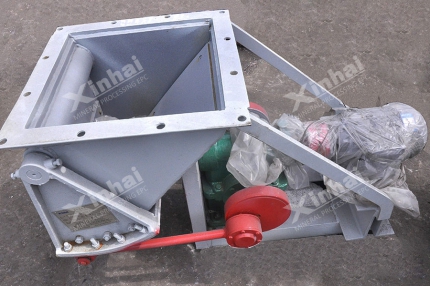
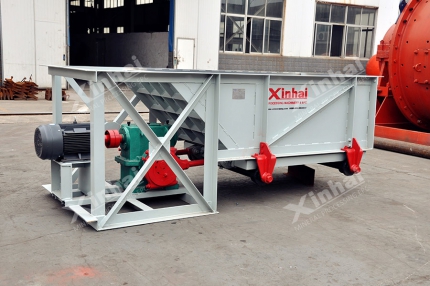
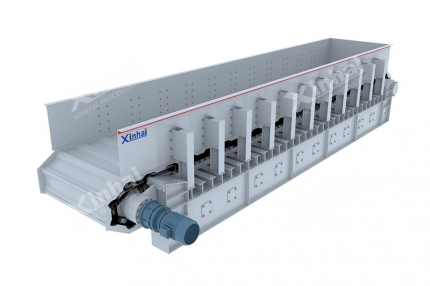
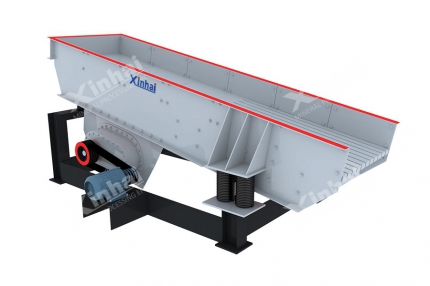
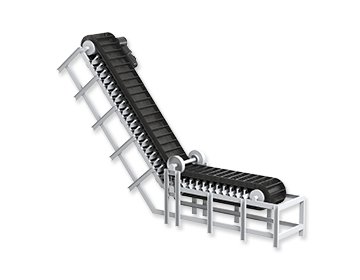
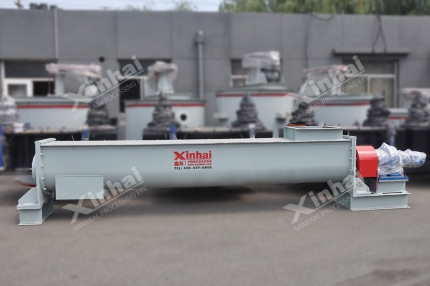
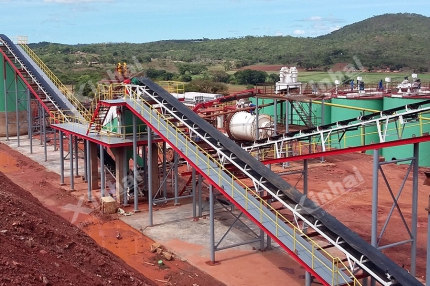
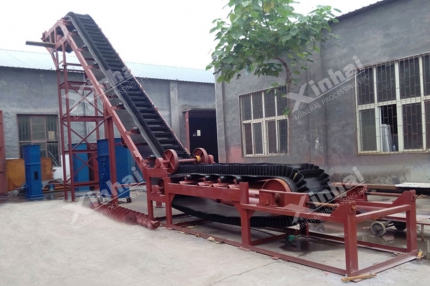
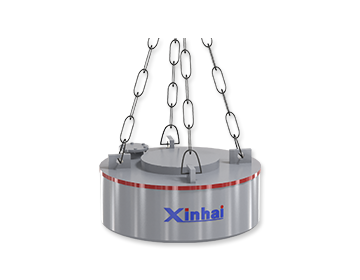
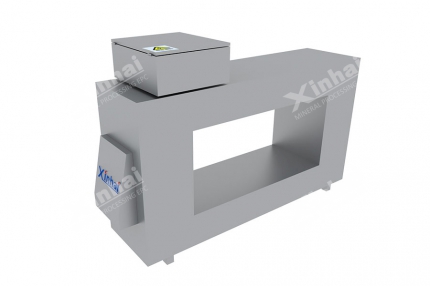
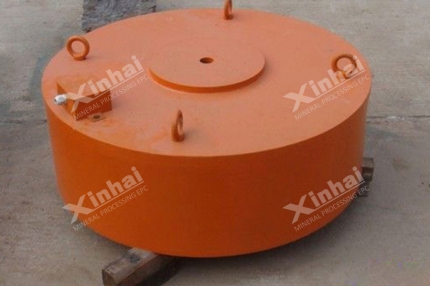
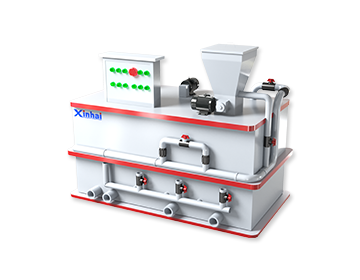
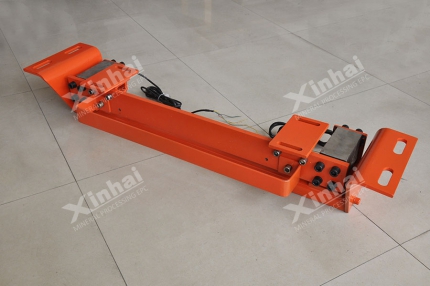
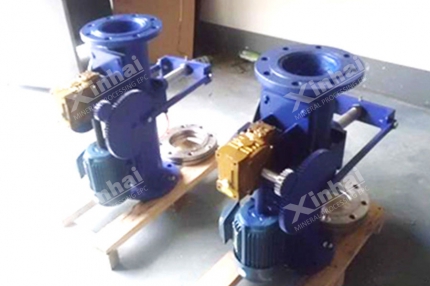
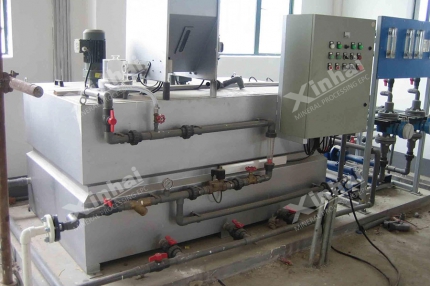
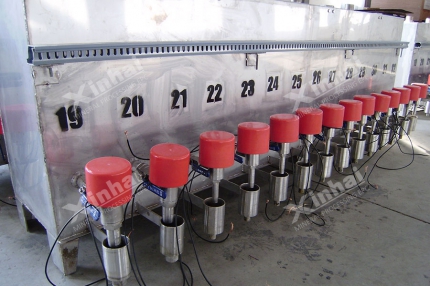
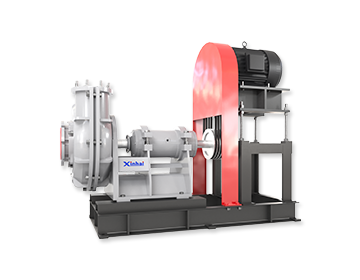
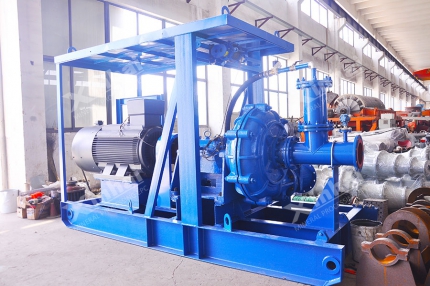
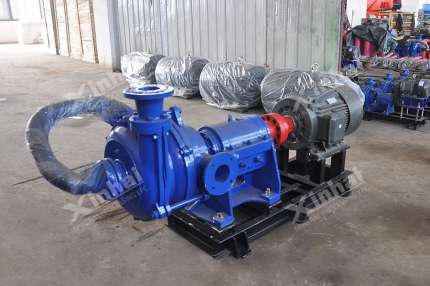
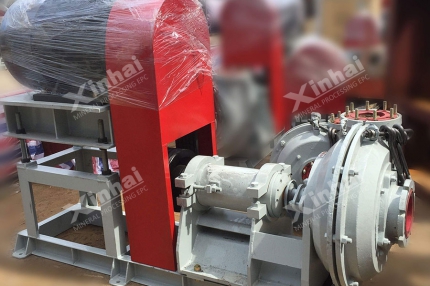
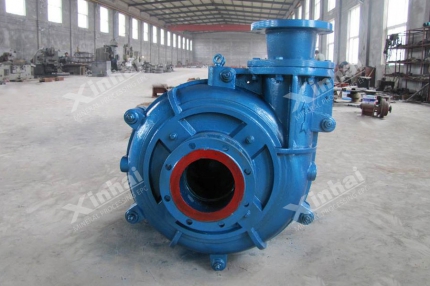
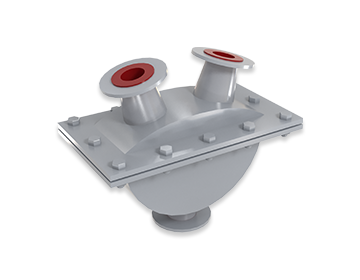
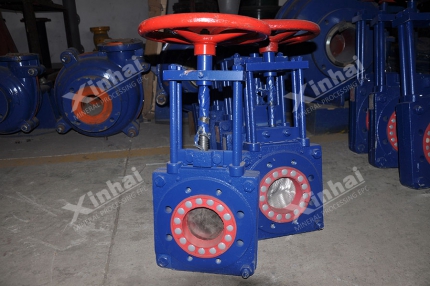
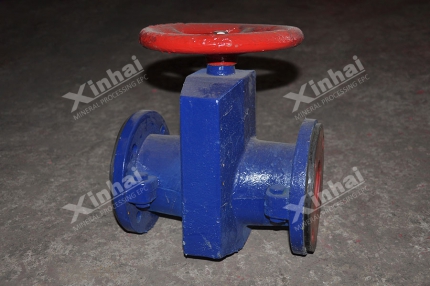
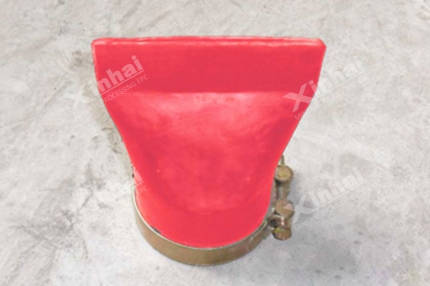
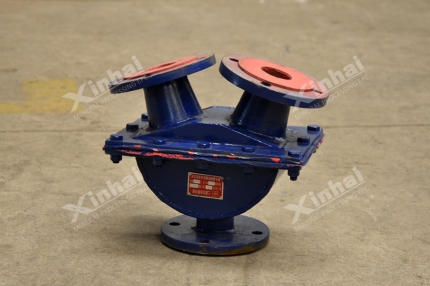
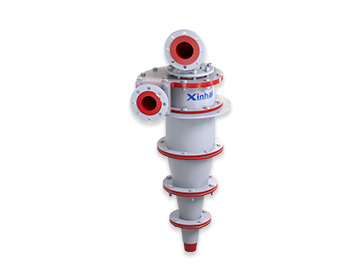
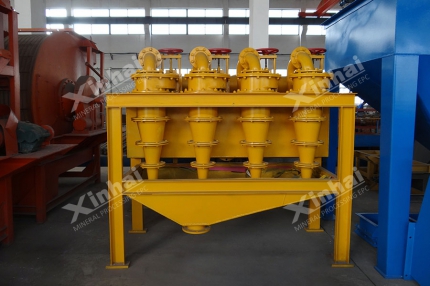
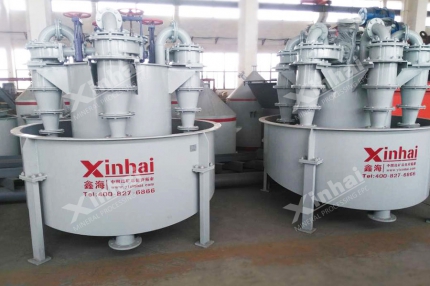
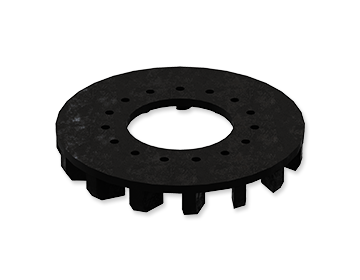
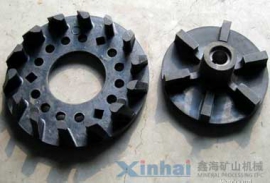
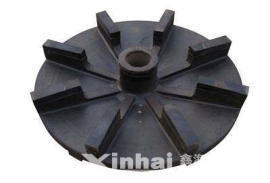
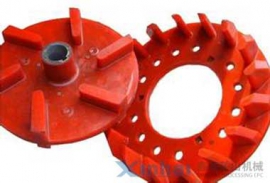
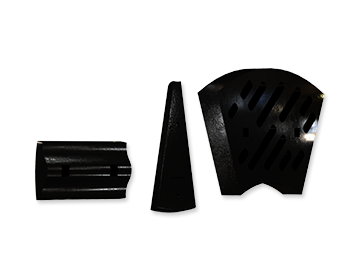
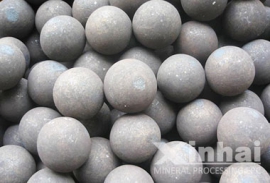
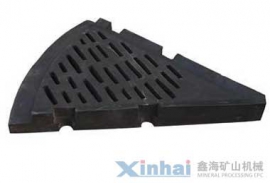
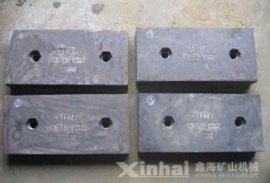
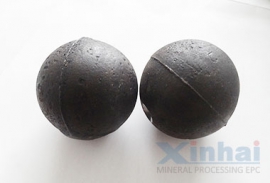
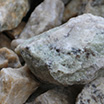
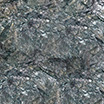
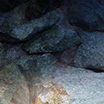
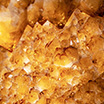


 CHAT
CHAT MESSAGE
MESSAGE



.jpg)
